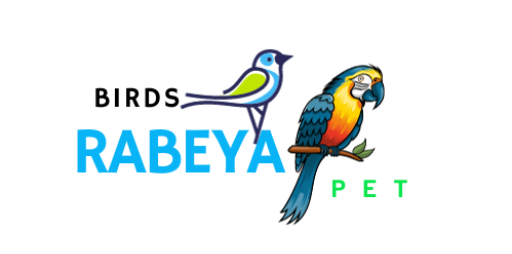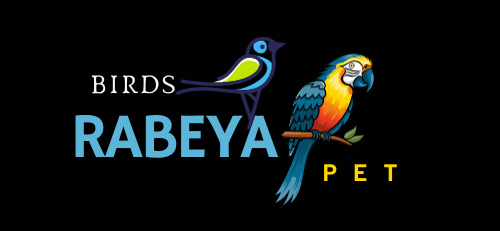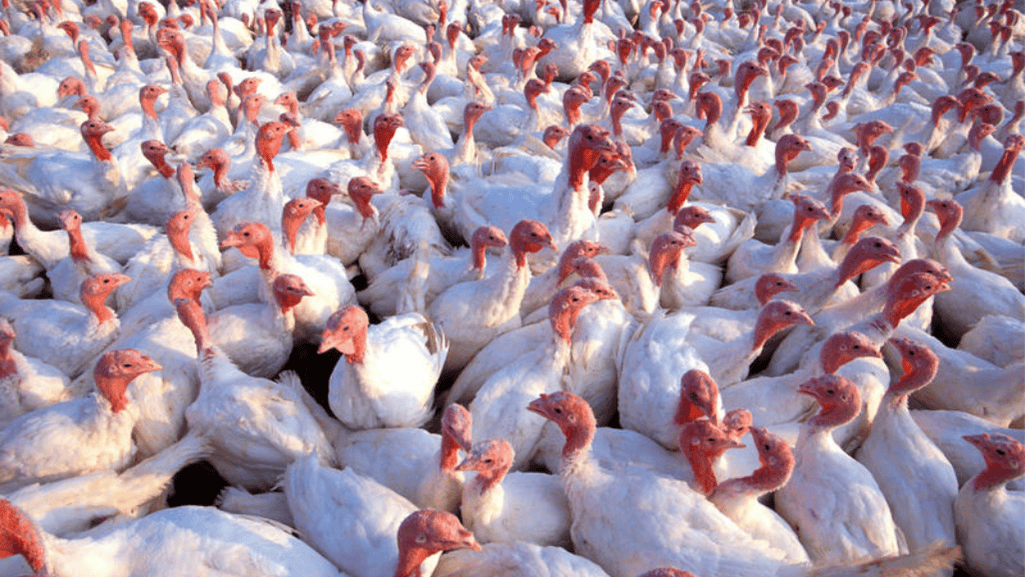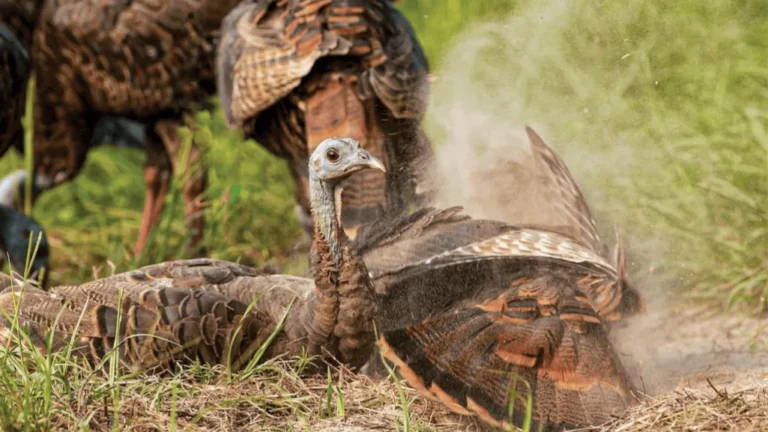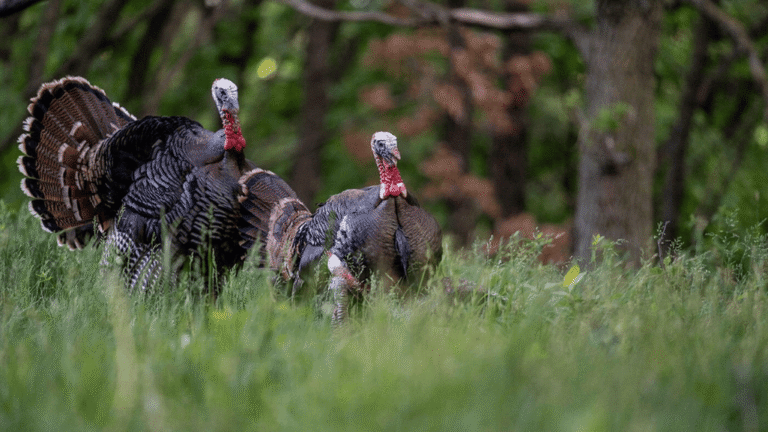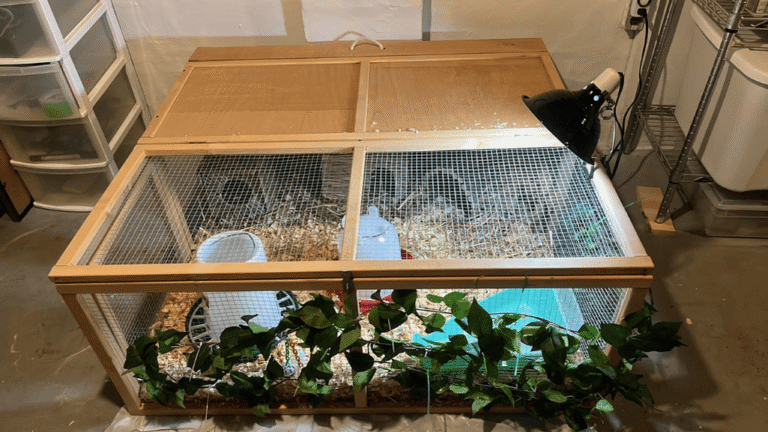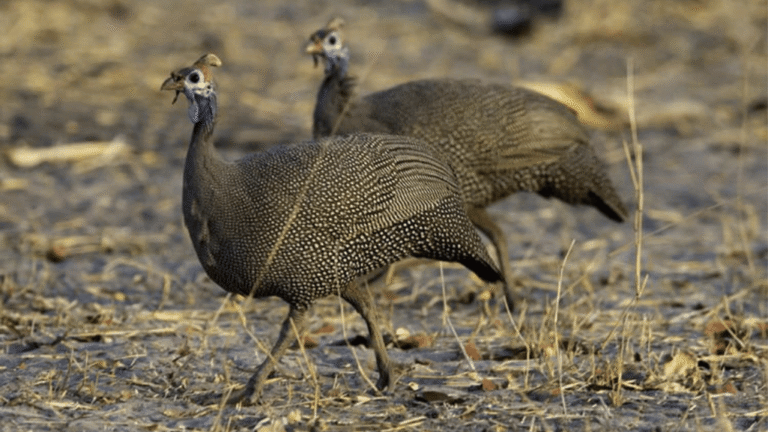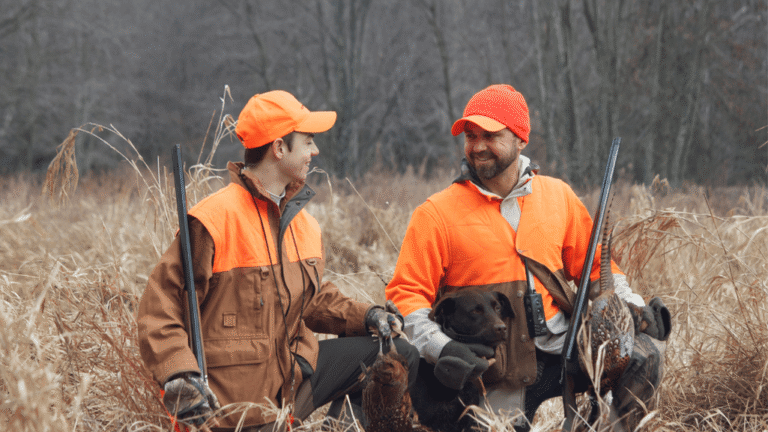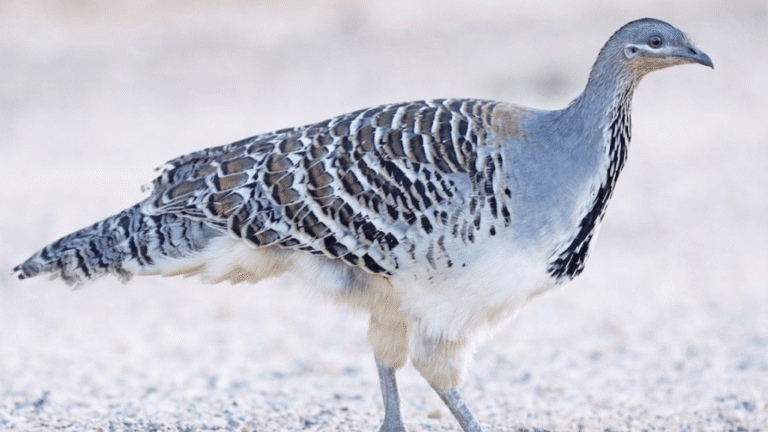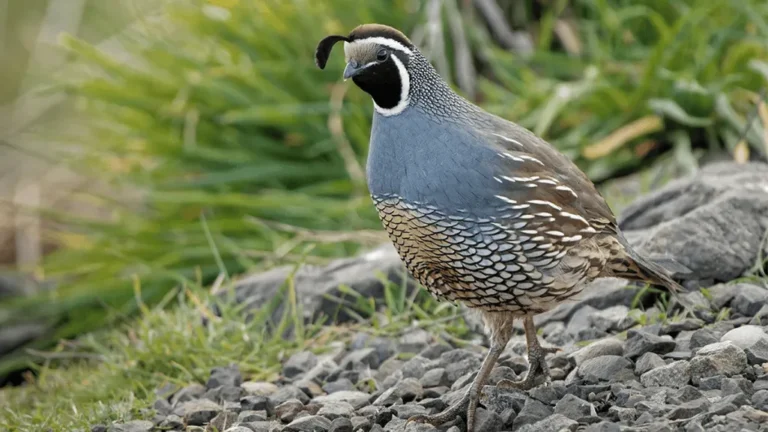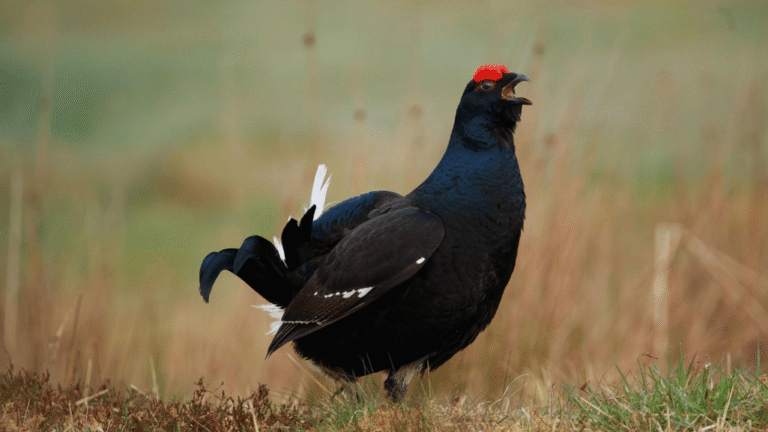Nutrient deficiencies in turkeys are a common and preventable cause of poor flock performance. To maintain optimal turkey health and productivity, producers need a clear, practical understanding of which vitamins and minerals are critical, how deficiencies show up on the farm, and the straightforward steps to correct them. This article is written for turkey farmers, flock managers, and poultry nutritionists and explains the most important diet issues to watch for.
Buy vitamins and supplements
Common nutrient deficiencies in turkeys, such as Vitamin D3, Vitamin E, and Niacin, can have a detrimental impact on their health and performance. These essential nutrients play key roles in various bodily functions, and their deficiency can result in issues like decreased egg production, weak bones, impaired muscle function, and reduced growth.
Recognizing the signs of nutrient deficiencies in turkeys is important in order to address them promptly. By working closely with a nutritionist and ensuring that turkeys receive a balanced diet that meets their specific nutrient requirements, farmers can help prevent and mitigate nutrient deficiencies, ultimately promoting optimal turkey health and well-being.
Key Takeaways:
- Nutrient deficiencies in turkeys can have significant effects on their health and overall performance.
- Vitamin D3, Vitamin E, and Niacin are essential nutrients to consider in turkey nutrition.
- Deficiencies in these nutrients can lead to issues such as decreased egg production and weak bones.
- Consulting a nutritionist and providing a balanced diet are crucial for addressing and preventing nutrient deficiencies in turkeys.
- Proper nutrition is key to maintaining optimal turkey health and productivity.
The Importance of Vitamin D3 in Turkey Health
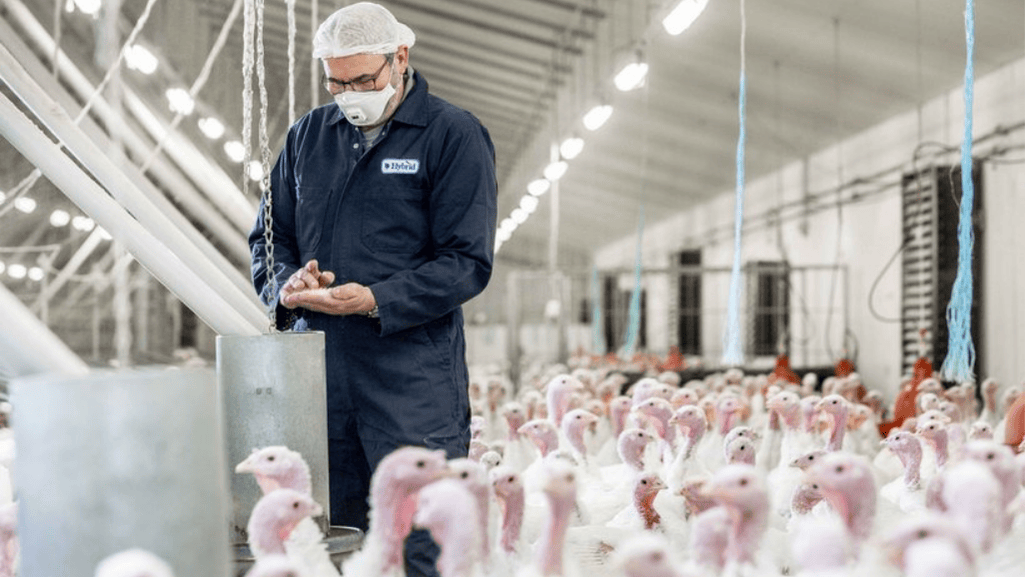 Vitamin D3 is a cornerstone of turkey nutrition because it controls how well birds absorb and use calcium and phosphorus — the minerals that build strong bones and good eggshells. For breeder hens, adequate D3 improves eggshell quality and supports hatchability; for meat birds, it helps reduce leg problems and fractures during growth.
Vitamin D3 is a cornerstone of turkey nutrition because it controls how well birds absorb and use calcium and phosphorus — the minerals that build strong bones and good eggshells. For breeder hens, adequate D3 improves eggshell quality and supports hatchability; for meat birds, it helps reduce leg problems and fractures during growth.
What Vitamin D3 does
- Promotes intestinal absorption of calcium and phosphorus, essential for bone mineralization.
- Supports eggshell formation in breeder hens, affecting egg strength and hatchability.
- Helps maintain normal skeletal growth in growing turkeys, lowering incidence of bone deformities.
Signs of Vitamin D3 deficiency
Watch for these practical, farm-level signs — some appear in young poults, some in older birds or breeders:
- Poor eggshell quality and reduced egg production in breeders.
- Soft, brittle, or curved bones, lameness or increased fractures in growing birds.
- Enlarged growth plates (epiphyses) and slowed weight gain.
- In severe cases, rachitic-like lesions and general poor condition.
Prevention & practical actions
- Use a fortified feed matched to the flock’s stage (starter, grower, breeder) — most commercial diets include Vitamin D3, but verify supplier specification.
- Provide adequate sources of calcium and phosphorus and keep Ca:P ratios appropriate for the bird’s age (consult a nutritionist for exact ratios by stage).
- Maintain good management (lighting, housing, and feed access) — stressors can worsen vitamin deficiency effects.
- If you see signs (poor eggshells, lameness, bone weakness), collect feed samples and production records and consult a poultry nutritionist promptly.
Quick reference — what to check
- Confirm feed vitamin D3 inclusion and supplier guarantee; check recent feed formulation documents.
- Compare flock performance (egg rates, growth, mortality) against expected targets — drops can indicate a deficiency.
- For breeder problems, inspect eggshell strength and hatchability trends over recent batches.
A deficiency in Vitamin D3 can reduce egg production and compromise eggshell quality in breeder hens. In growing commercial turkeys, low D3 often shows as weak or malformed bones, slow growth, and higher incidence of fractures — especially when calcium or phosphorus is also marginal.
Vitamin D3 supports mineral metabolism for healthy bones and eggshells in turkeys.
If you want recommended numeric levels by stage (starter, grower, breeder), I can prepare a sourced table showing typical Vitamin D3 targets (IU/kg) and associated Ca:P guidance so you can compare against your feed labels. For specific herd-level diagnosis and correction, collect feed analysis, mortality and production records, and consult your poultry nutritionist or extension service.
The Role of Vitamin E in Turkey Health
Vitamin E is a fat‑soluble antioxidant essential in turkey nutrition. It protects cell membranes from oxidative damage, supports robust immune response, and contributes to normal muscle and nervous‑system function — all of which affect flock health, survival, and production.
Why Vitamin E matters
- Antioxidant protection: prevents oxidative damage to lipids in cell membranes, preserving muscle and organ function.
- Immune support: enhances humoral and cellular immune responses — birds with adequate Vitamin E handle infections better and show lower mortality under challenge.
- Reproduction & hatchability: Vitamin E contributes to embryo development; low levels are associated with poorer hatchability in breeder flocks.
- Neuromuscular health: maintains normal muscle and nerve function; severe shortages can present as weakness or coordination problems.
What deficiency looks like on the farm
Vitamin E deficiency signs vary by age and production type. Common, field‑relevant observations include:
- Reduced hatchability and embryonic mortality in breeder hens (watch hatchery reports).
- Muscle weakness, decreased activity, poor flock uniformity, and slowed growth.
- Higher susceptibility to secondary infections and higher mortality during disease challenges.
- In severe, prolonged cases: muscular degeneration and reproductive issues (reported in literature for poultry; confirm for your strain with a specialist).
“Adequate levels of Vitamin E in turkeys enhance immune response and reduce mortality when faced with challenges such as E. coli infection.” — researcher (seek source studies for numeric evidence).
Practical prevention & dosing notes
Modern commercial feeds are typically fortified with Vitamin E, but levels should be checked on feed specs. Target levels depend on bird type and stage — for exact IU/kg recommendations consult NRC or a poultry nutritionist. Simple farm steps:
- Verify feed label and supplier guarantee for Vitamin E inclusion; record feed batch numbers.
- Use feed additives or premixes when working with a nutritionist to correct marginal vitamin deficiency.
- Provide fresh, stable fat sources (Vitamin E is fat‑soluble) and limit feed oxidation — rancid fats degrade vitamin activity.
- During disease outbreaks or high stress, consider short‑term dietary adjustment under veterinary/nutritionist guidance to support immune response.
Quick checklist for a suspected Vitamin E problem
- Inspect hatchability and egg quality records for breeder hens.
- Check feed formulation and recent changes (fat source, storage conditions).
- Collect representative feed sample for lab analysis and bring it to your nutritionist.
- Document clinical signs (weakness, mortality spikes, poor growth) and timeline.
Want exact, sourced RDA ranges (IU/kg) and a short prevention table? I can prepare a referenced table showing typical Vitamin E targets for turkeys by stage (starter, grower, breeder) and list practical supplement options. That table will help you compare your feed labels and decide when to call a nutritionist.
The Importance of Niacin in Turkey Health
Niacin (vitamin B3) is essential for turkey metabolism. It is a precursor for NAD+ and NADP+, coenzymes that drive energy production from carbohydrates, fats and proteins. Adequate niacin supports healthy growth, neural function and gut health — so it’s a core nutrient to check when flocks show poor weight gain or leg problems.
How niacin supports metabolism
- Energy production: niacin-derived NAD/NADP are central to glycolysis, the TCA cycle and β-oxidation — all essential for converting feed into usable energy.
- Protein and amino-acid handling: supports synthesis and catabolism required for muscle growth and repair.
- Gut & appetite: adequate niacin helps maintain normal gut function; deficiency often shows as reduced feed intake and diarrhea.
Field signs of niacin deficiency
In practice, early signs are often subtle. Look for:
- Loss of appetite and poor feed conversion leading to reduced growth.
- Diarrhea and poor feathering or dull condition in young birds (chicks/poults).
- Severe cases: swollen or bowed legs, enlarged hock joints and clear leg abnormalities.
- Neurological signs such as weakness or impaired coordination in advanced deficiency.
Quick diagnostic checklist
- Compare growth curves to expected breed targets — sustained lag suggests a nutritional problem.
- Collect representative feed sample for laboratory nutrient analysis (confirm niacin content).
- Record onset, age class affected, and any concurrent management changes (feed, water, mycotoxins).
- If leg deformities are present, photograph and measure severity; discuss with a poultry nutritionist or veterinarian.
Rapid on‑farm actions
- Confirm feed formulation: ensure the diet meets published requirements for niacin for that life stage.
- Consider short-term supplementation (niacin water or top-dress) under nutritionist/veterinary guidance to correct deficiency while lab results are pending.
- Check for interacting factors: low dietary tryptophan, high heat stress, or mycotoxin exposure can increase niacin needs.
Niacin and growth — practical note
Because niacin is central to energy metabolism, marginal intake quickly reduces daily gain. For young chicks and poults especially, ensure starter feeds provide adequate niacin to prevent early-life leg problems and to support rapid, healthy growth.
If you’d like, I can prepare a short, referenced table with typical niacin targets (mg/kg) for poults, growers and breeders and suggested supplement formats and doses so you can compare to your feed tags and decide when to call a nutritionist or vet.
Recognizing and Addressing Nutritional Deficiencies in Turkeys
Early detection is the best defense. Below is a practical checklist of field signs and a step‑by‑step playbook you can follow if you suspect nutritional deficiencies in your turkey flock.
Common signs to watch for
- Decreased egg production or sudden drops in egg output and poor eggshell quality in breeder hens.
- Weak bones, lameness, increased fractures or visible bone deformities (check growing and finishing birds).
- Impaired muscle function — reduced activity, poor gait, or birds that tire quickly.
- Reduced growth or poor feed conversion compared with expected breed targets.
- Other clues: poor feather condition, lesions, higher mortality than normal, diarrhea, or generally poor body condition.
Differential tips — disease vs nutrient problem
- If signs are sudden and flock‑wide, suspect feed or management change first (new batch, storage, or mycotoxins).
- Localized lesions, respiratory signs, or rapid mortality suggest infectious disease — still check nutrition, but involve a vet.
- Slow, chronic weight lag or leg issues in young chicks often point to micronutrient shortfalls (niacin, vitamins, minerals).
First-response playbook (farm‑ready)
- Collect data: production records (egg rates, growth curves), mortality logs (dates, numbers), and recent feed batches.
- Sample feed: take a representative feed sample (mix several spots) and send for nutrient analysis — label batch numbers.
- Isolate if needed: if high mortality or contagious disease is suspected, separate affected houses and contact your vet.
- Short-term support: under nutritionist/vet guidance, use targeted supplements (water‑soluble vitamins or top-dress) while awaiting lab results.
- Record actions: document interventions and outcomes to show to your nutritionist during consultation.
What to bring to a nutritionist or lab
- Feed labels and formulation sheets (current and recent batches).
- Representative feed sample and batch number.
- Mortality, egg production, and growth data (weekly), and photos of affected birds.
- Management notes: recent feed changes, new suppliers, medication/treatment history, and environmental conditions.
A thorough diet evaluation by a nutritionist includes feed analysis (vitamins, minerals, protein, energy) and comparison with stage‑specific requirements. Often the solution is straightforward: correct the feed formulation, adjust phasing, or add a targeted supplement. For complex or persistent issues, a combined vet and nutritionist approach is best.
Quick field checklist (printable)
- Signs observed: ________________ (eggs, bones, muscle, growth)
- Feed batch number: ________________
- Date samples sent to lab: ________________
- Nutritionist contacted: ________________ (date & phone)
If you want, I can create a one‑page printable checklist (ready to take to your nutritionist) and a short list of accredited labs or extension services in your region for prompt feed analysis. That makes the feed + health troubleshooting process faster and more effective.
Correlation Between Diet and Turkey Growth
Turkey growth is driven by both genetics and diets. Genetics set the growth potential (breed‑specific curves), while the diet formulation — protein, energy, vitamins and minerals — determines whether that potential is realized. Practical diet decisions at each stage (brood, starter, grower, finisher) shape daily gain, body composition and final production outcomes.
Key diet factors that affect growth
- Protein and amino-acids: building blocks for muscle — deficient or imbalanced protein limits growth.
- Energy: adequate metabolizable energy is needed so protein is used for growth, not maintenance.
- Vitamins & minerals: nutrients like niacin, vitamin D3, vitamin E, calcium and phosphorus support metabolism, skeleton and reproduction.
- Feed quality & intake: feed palatability, spoilage or mycotoxins reduce intake and thereby slow growth.
Practical growth-stage guidance
Below is a concise, non-numeric guide to what each stage needs — I can prepare a sourced numeric table (protein %, energy kcal/kg, niacin mg/kg, key vitamin levels) if you want to compare against your feed tags.
- Brooding (first days/weeks): high nutrient density, warmth and access to fresh water to ensure vitality and early weight gain.
- Starter: support rapid organ and muscle development — balanced protein and essential vitamins/minerals are critical for uniform flocks.
- Grower: sustained growth with attention to mineral balance (Ca:P) to avoid skeletal problems as body weight increases.
- Finisher: focus on achieving target market weight with efficient energy and protein ratios while maintaining carcass quality.
When diet issues show as poor growth
If birds are underperforming for their breed and age (slow daily gain, poor FCR), take these steps:
- Check feed formulation and batch records; compare to stage‑specific requirements.
- Collect representative feed and water samples for lab analysis.
- Review management (stocking density, litter, ventilation, lighting) — not all growth problems are nutritional.
- Work with a nutritionist and feed supplier to adjust the diets or phase timing if targets are not met.
An example case study (available on request) shows how adjusting starter diet formulation and correcting niacin and vitamin levels in week 1–3 improved uniformity and cumulative growth by market age — reinforcing that timely diet corrections (days to weeks) can prevent long-term loss in production.
If you want the detailed numeric table for starter/grower/finisher (protein %, energy, niacin mg/kg, vitamin targets) and a short checklist to give your feed supplier, I can prepare that with referenced sources so you can directly compare the feed you use against recommended targets.
Key Ingredients for Turkey Nutrition
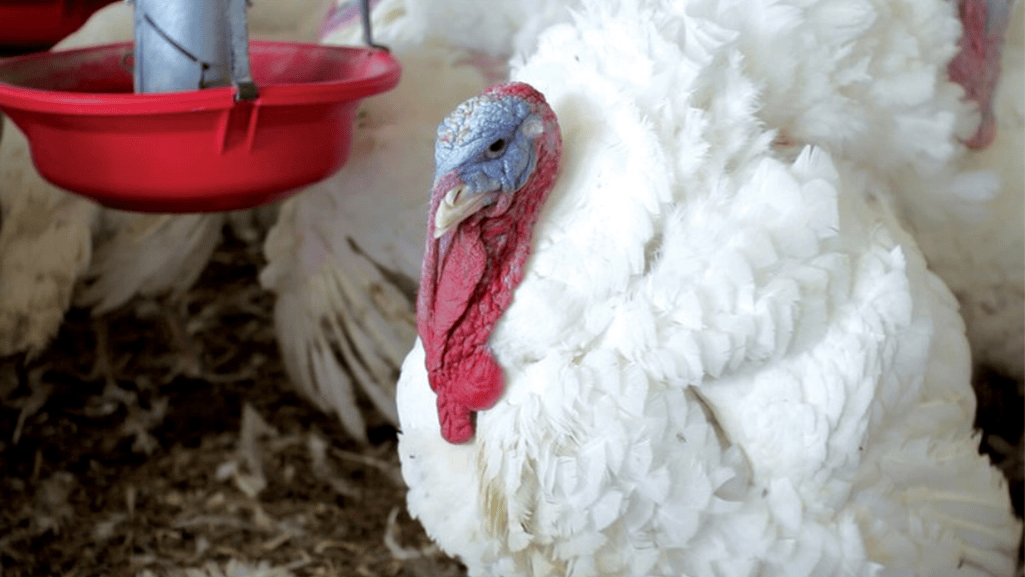 A few core ingredients determine skeletal health, growth and production in turkeys. Early life feed nutrition must provide the right balance of energy, amino acids, vitamins and minerals — notably calcium, Vitamin D3 and phosphorus — to support strong bones, good egg quality in breeders, and efficient production in meat birds.
A few core ingredients determine skeletal health, growth and production in turkeys. Early life feed nutrition must provide the right balance of energy, amino acids, vitamins and minerals — notably calcium, Vitamin D3 and phosphorus — to support strong bones, good egg quality in breeders, and efficient production in meat birds.
Calcium is central to bone mineralization and is also required for muscle contraction, blood clotting and nerve transmission. Without sufficient calcium (and the vitamins and minerals that support its use), chicks and growing birds develop weak skeletons and are at higher risk of fractures and leg abnormalities.
Maintaining the correct Ca:P ratio and ensuring adequate Vitamin D3 for absorption are critical. Poor balance or low levels of either mineral can lead to impaired bone formation and reduced bird performance.
Quick reference — nutrient roles
| NutrientPrimary roleTypical sources | ||
| Calcium | Bone formation, eggshell quality, muscle function | Limestone, oyster shell, formulated premix |
| Vitamin D3 | Enables Ca & P absorption, supports bone & eggshell | Fortified feed, sunlight (limited role in indoor systems) |
| Phosphorus | Bone mineralization, energy metabolism | Feed ingredients (plant & animal), mineral premix |
Improper formulation — for example wrong Ca:P ratio, insufficient Vitamin D3 in breeder diets, or marginal niacin in starters — can produce measurable performance losses: lower growth, poor feed conversion, leg problems and reduced egg production in layers/breeders.
Practical notes & next steps
- Confirm feed label guarantees for calcium, phosphorus and Vitamin D3; keep supplier spec sheets on file.
- Ask your nutritionist for the recommended levels (and Ca:P ratio) by life stage — breeders and meat birds have different targets.
- If considering animal‑origin ingredients (meat & bone meal, fishmeal), verify regulatory suitability and consistent nutrient content with suppliers.
If you want a compact starter/grower/finisher table with recommended numeric values (protein, energy, Vitamin D3 IU/kg, Ca:P guidance) and sources, I can prepare that with references to extension and industry guidance so you can compare directly to your feed tags and feed nutrition content.
Conclusion
 Nutritional deficiencies can materially reduce flock performance — lower growth, poorer egg production and hatchability, weakened bones and greater susceptibility to disease. The good news is most of these issues are preventable: routine feed analysis, stage‑appropriate diets, and early recognition of signs let farmers correct problems before losses accumulate.
Nutritional deficiencies can materially reduce flock performance — lower growth, poorer egg production and hatchability, weakened bones and greater susceptibility to disease. The good news is most of these issues are preventable: routine feed analysis, stage‑appropriate diets, and early recognition of signs let farmers correct problems before losses accumulate.
Provide the right nutrients at the right days of life, tailored to the breed’s growth curve, and work closely with a nutritionist and feed supplier to set levels and monitor results. Typical focus nutrients are Vitamin D3, Vitamin E and niacin along with correct calcium and phosphorus balance to protect skeletal health and production.
